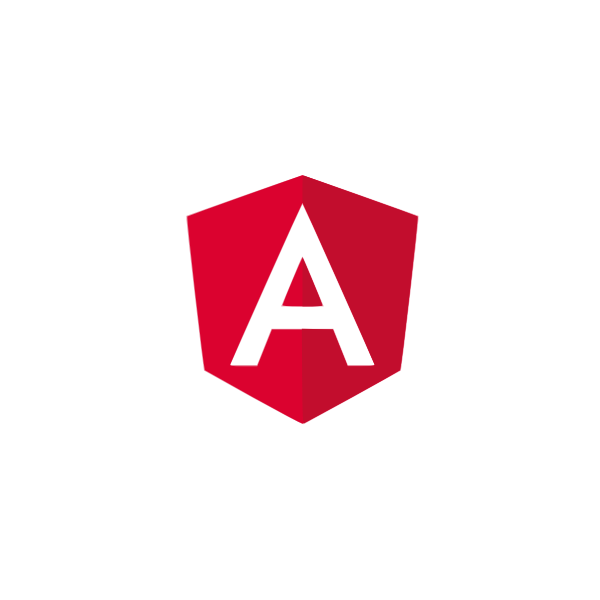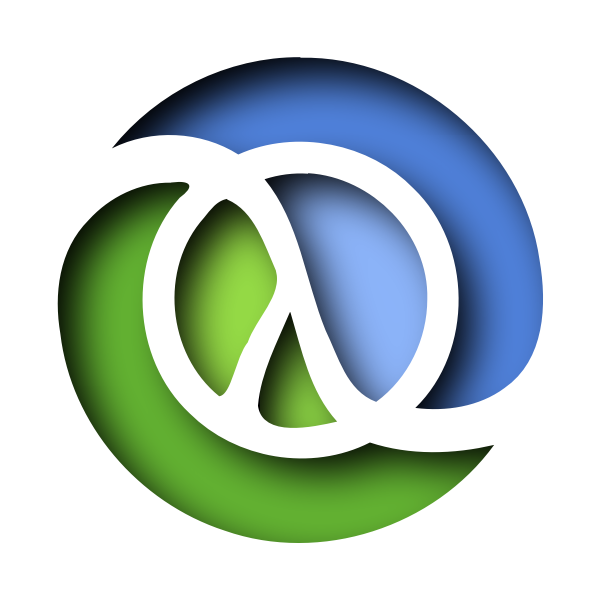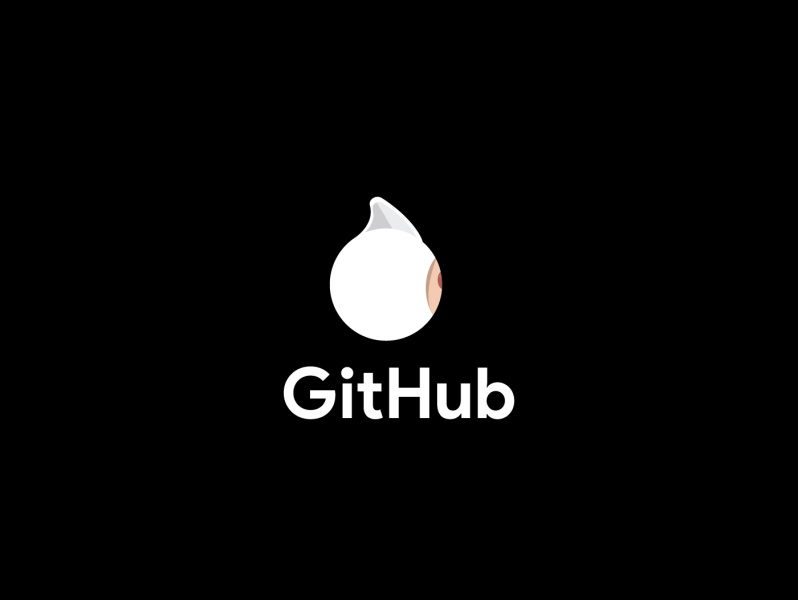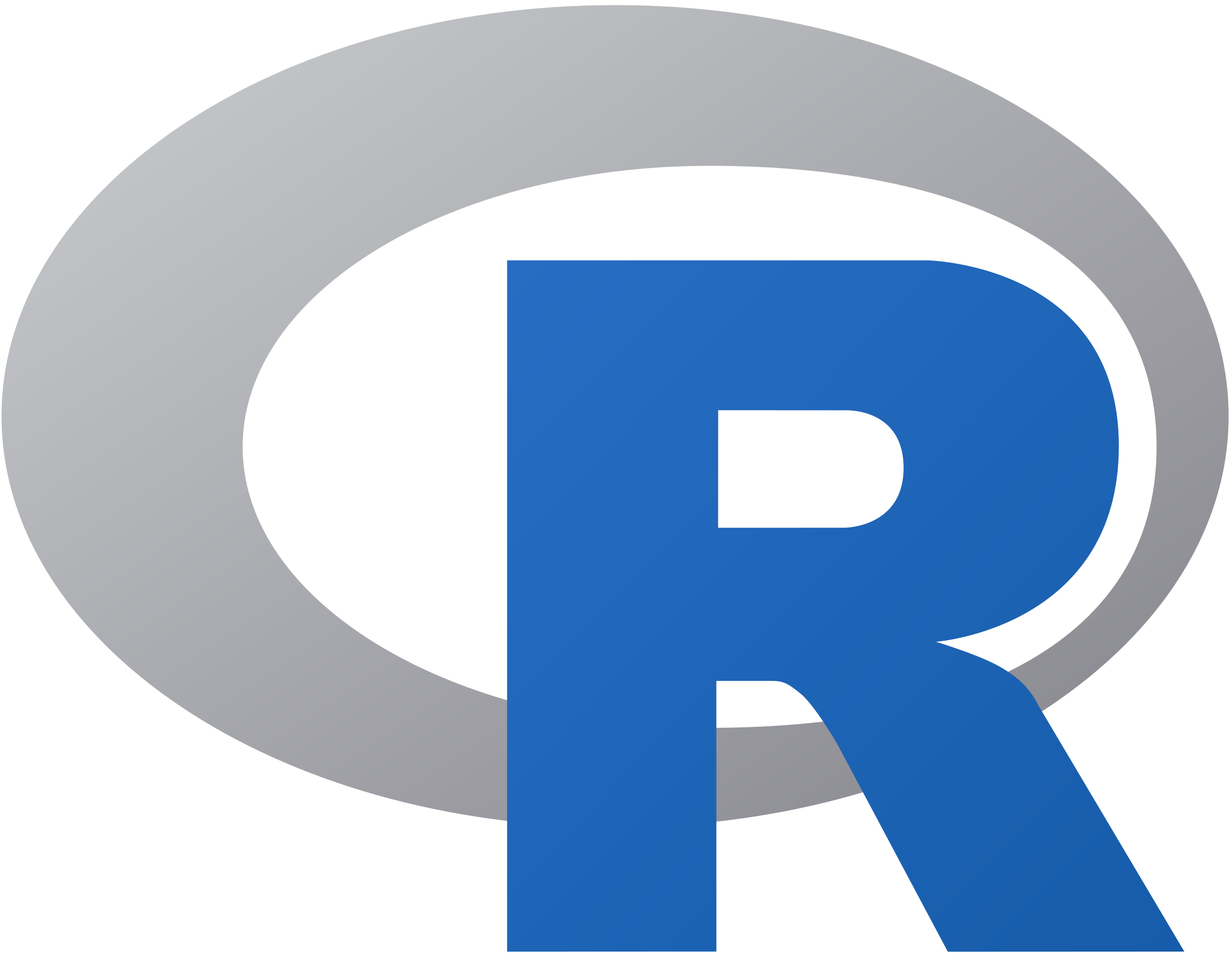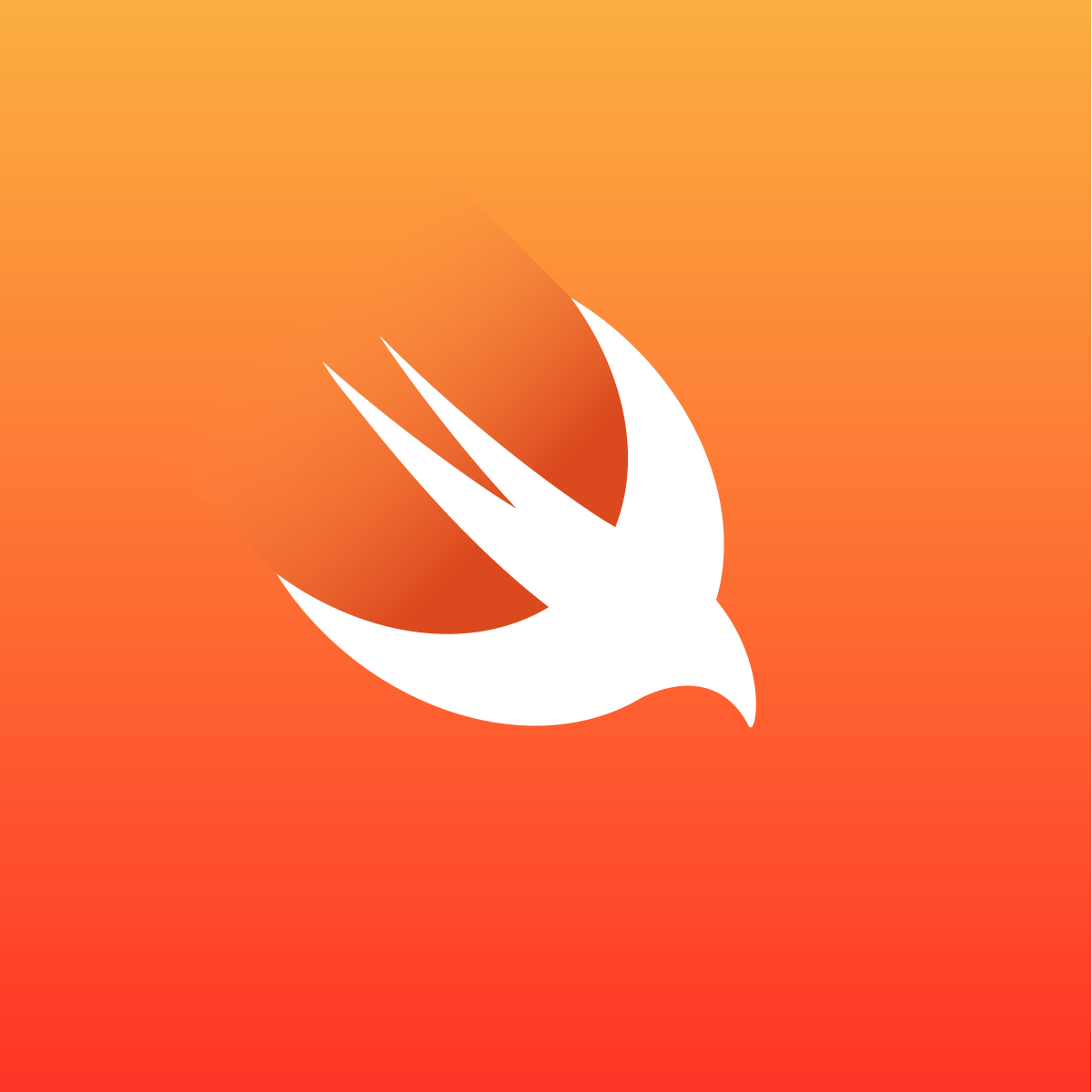notty - not a typewriter

notty is a virtual terminal like xterm, gnome-vte, sh, or rxvt. Unlike these programs, notty is not intended to emulate a DEC VT-series physical video terminal, or any other physical device. Instead, notty is an experimental project to bring new features to the command-line which would not have been possible for the physical terminals other terminals emulate.
Current command-line tools have stagnated (if you prefer, 'stabilized') around the ECMA-48/ISO 6429/ANSI X3.64 escape code protocol, which is defined on the basis of the capabilities of 1980s video terminal devices. Essentially all terminals in use today are virtual terminals being run on devices which are significantly more capable than these ancient machines, and yet the terminal environment has not kept pace with these developments. The last revision of the ANSI escape code protocol was released in 1991.
notty will attempt to remain true to the text-oriented, command-line user interface of the terminal while extending it to include new and more powerful interface features, such as:
- Full support for rich text formatting, including 24-bits of color.
- Full and correct support for all of Unicode.
- Lossless keyboard input.
- Inline media content, including raster graphics and structured data.
- Dropdown menus, tooltips, and other features which do not strictly reside in the character grid.
- Local echo and retained off-screen character grid state to reduce the need for the tty to transmit data back to the terminal.
- Subdividing the character grid to enable more complex interface layouts without repeatedly reimplementing that logic in the controlling process.
- And more! If you know any features you wish the terminal had, please open an issue and let's talk about this.
Many of these features are not yet implemented.
To achieve these ends, notty will implement a new and more consistent escape protocol than ANSI escape codes. This protocol will be comparatively easy to extend with new features as the project grows. Once a feature set has been stabilized, I will write a framework for creating terminal applications that use notty's features, written against this protocol (allowing other terminals to implement the protocol and support these features as well). This framework will include a polyfill for approximating these features as well as possible in terminals that don't implement notty codes.
This repository is a library which defines an engine for translating both ANSI and notty escape codes into state changes in the terminal's abstract state. This library does not directly implement any means of drawing the state to the screen and is agnostic about the interface it uses to communicate with the controlling process, so hopefully it will be reusable for writing terminals in different graphical environments, for writing screen/tmux-like server-side multi-terminal managers, and for writing SSH clients in non-UNIX environments. Because it implements (most) ANSI escape codes, this terminal is backwards compatible with existing command line tools.
A subdirectory, named scaffolding, contains a minimal graphical terminal using GTK/pango/cairo, intended for testing notty's features interactively. This terminal is buggy and feature poor and not intended for general use.
A major difference between notty and other projects in the same space is that this is just a virtual terminal, and is fully backwards compatible with the existing shell/terminal setup. It does not implement any features of a shell, and it is not attempting to totally supplant any existing paradigms. Graphical terminals based on this library should be useable as drop-in replacements for other terminals, but with new features that can be used to implement better interfaces for command line programs such as shells, text editors, and other utilities.
That said, terminals as they exist today are a pile of ugly kludges. From the kernel's tty/pty subsystem, to the termios ioctl calls which control it, to the terminfo and termcap databases, to the ANSI escape codes they describe, to the ancient codebases of the terminal emulators themselves, this is a universe of arcane and poorly documented old growth code, much of which is no longer actively useful to people in the 21st century - your system ships with a terminfo db page for more than 2500 different terminal devices, nearly all of them extinct, and every new console you open has a baud rate set in the kernel, even though it exchanges data in memory. More advanced features of notty will certainly requiring sidestepping this system to a certain extent: the current plan is to implement a command to "switch" notty to an extended mode; in such a mode, only notty escape codes would be used and the tty's flags would all be unset except for CREAD and ISIG (and maybe not even ISIG).
This implementation is written in Rust, an exciting new systems language from Mozilla.
Much thanks to Thomas E. Dickey, the maintainer of xterm, whose website hosts excellent documentation regarding xterm's behavior, and to Paul Flo Williams, who maintains vt100.net, which hosts manuals for the actual DEC VT-series terminals. Credit also to Gary Bernhardt, whose talk A Whole New World influenced me to pursue this project seriously.
License
notty is free software: you can redistribute it and/or modify it under the terms of the GNU Affero General Public License as published by the Free Software Foundation, either version 3 of the License, or (at your option) any later version.
This program is distributed in the hope that it will be useful, but WITHOUT ANY WARRANTY; without even the implied warranty of MERCHANTABILITY or FITNESS FOR A PARTICULAR PURPOSE. See the GNU Affero General Public License for more details.
You should have received a copy of the GNU Affero General Public License along with this program. If not, see http://www.gnu.org/licenses/.
Conduct
The notty project is committed to upholding the Rust Code of Conduct. Please see CONDUCT.md for more information.


Programming Tips & Tricks
Code smarter, not harder—insider tips and tricks for developers.
#1
#2
#3
#4
#5
#6
#7
#8
#9
#10
Error Solutions
Turn frustration into progress—fix errors faster than ever.
#1
#2
#3
#4
#5
#6
#7
#8
#9
#10
Shortcuts
The art of speed—shortcuts to supercharge your workflow.
#1
#2
#3
#4
#5
#6
#7
#8
#9
#10
Made with ❤️
to provide resources in various ares.
